
Purr-fect Lynx Duo Arrive at the Park
Sussex just got a little bit wilder with the arrival of two magnificent Eurasian lynx at Drusillas Zoo Park – the first time the zoo has welcomed the species.
Watch a video of the moment the pair arrived here.
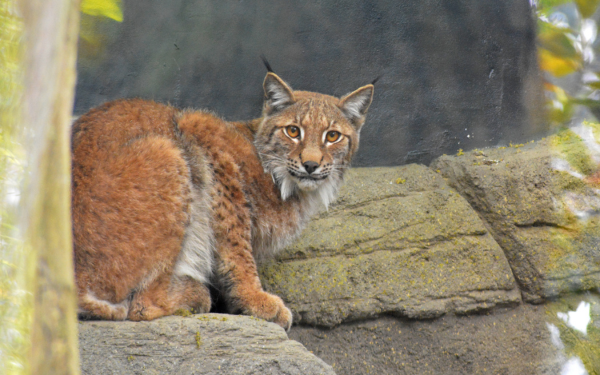
The stunning pair, who just turned two years old, were born at Wild Place Project in Bristol and were transferred to Drusillas on 24th May following a year of careful planning, including a quarter of a million pound construction project of a custom-built, naturalistic enclosure designed to recreate their native European woodland habitat.
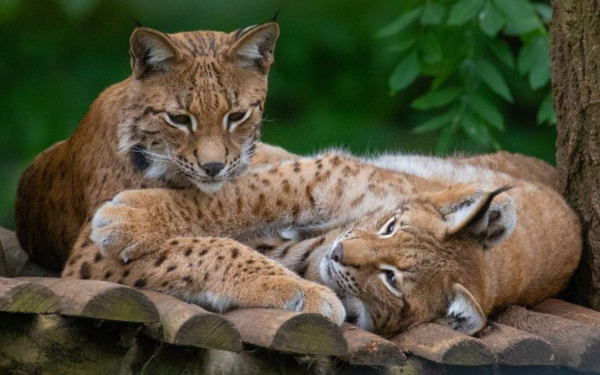
The handsome feline brothers have been pouncing around exploring their new home since their arrival, which includes a gorgeous waterfall feature which the cats have already been seen playing in.
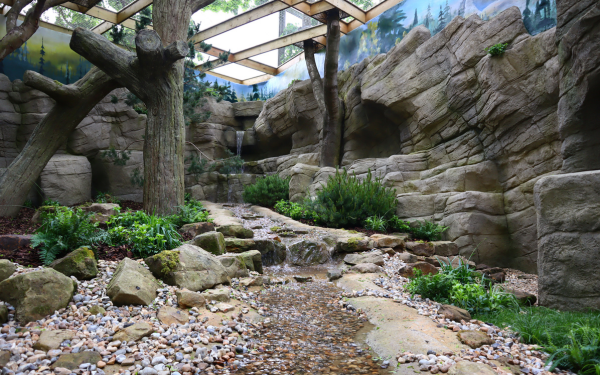
Head Keeper, Gemma Romanis, said: “It’s always huge news welcoming a new species to the Park, and our team are so excited to work with Europe’s largest wild cat, and for Drusillas to be home to a European carnivore.”
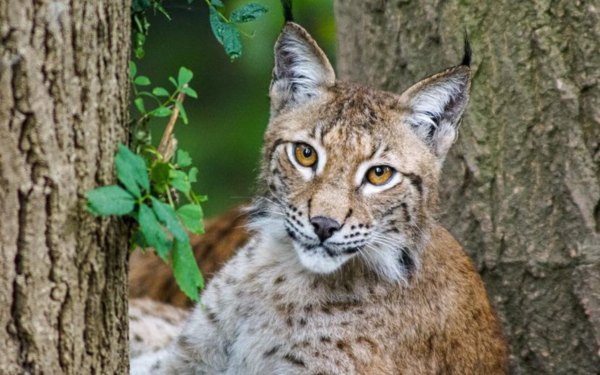
“It’s a privilege to have the opportunity to work with such an incredible species, for many of our team for the first time, and I can’t wait to start building up a relationship with the boys, introduce some training, and see them flourish here at the Park.”
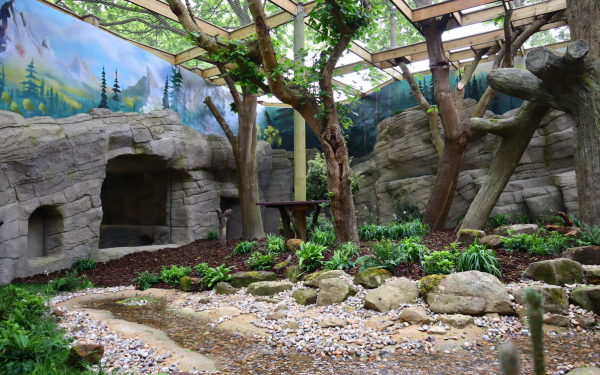
“We have been working really hard over the last nine months to ensure everything is perfect for them, from enclosure design to diet plans, enrichment and training programmes, and also chatting at length with their previous keepers and the wider zoo community to really learn how we can guarantee their needs are met.”
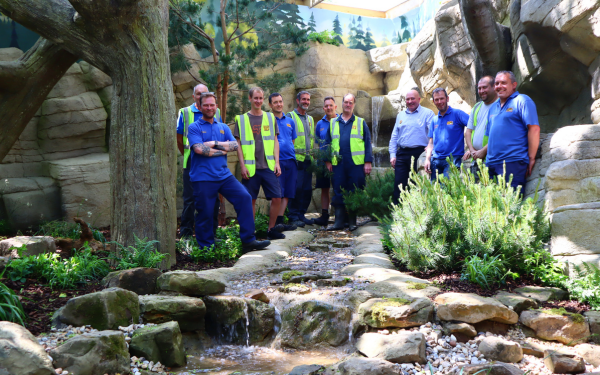
“Everything about their enclosure has been carefully researched and considered as it’s important to us that all our animals have choice within their space. We’ve created many different climbing, resting, and hiding places, both warm and cool areas, a freshwater waterfall and stream, hidden away quiet spaces, specific floor covering that would feel as natural as possible to them, air filtration systems, CCTV so we can monitor their behaviour, even down to the choice of plants we’ve included which are specific to those found in their natural environment.”
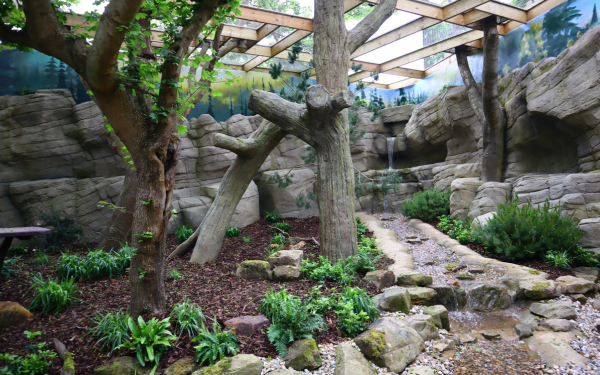
The grand reveal of the feline pair to visitors is set for this May half term – the enclosure has been barriered off since the lynx’ arrival to offer the boys an undisturbed settling in period under the careful watch of the zoo’s team of keepers. Keepers are delighted to have observed the pair calmly climbing and investigating their new home.
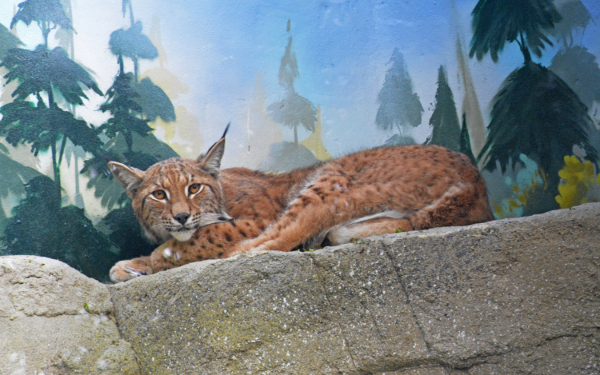
The Eurasian lynx is the third largest predator in Europe after the brown bear and the wolf, and the largest of the four lynx species. Previously native to Britain, the Eurasian lynx became extinct in the UK around 1,300 years ago due to hunting and habitat loss. Lynx have a short body, long legs and large feet. The ears have a characteristic black tuft at the tip while the paws have sharp retractile claws.




